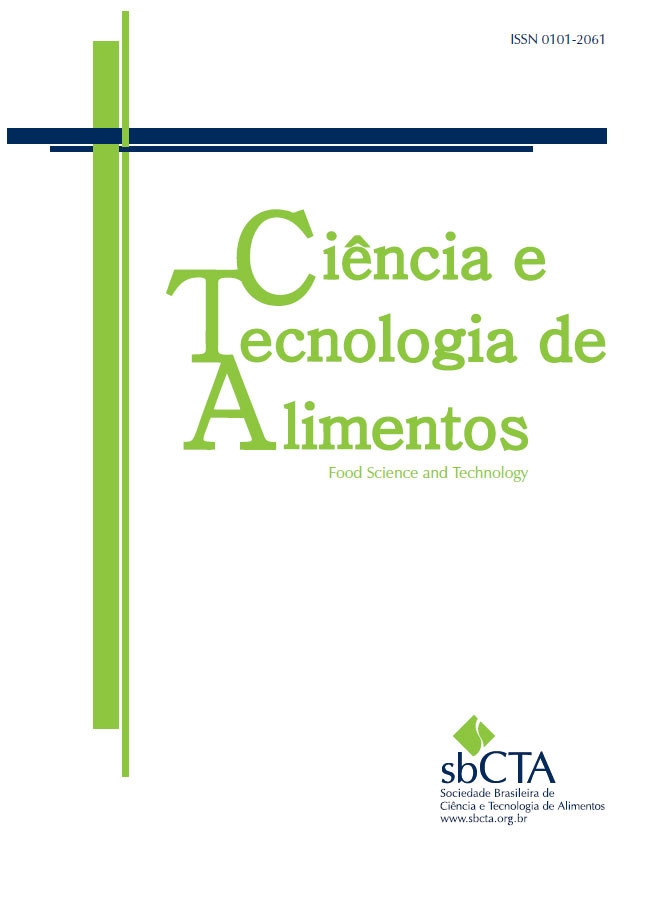The scientific production of Kombucha: a global bibliometric review
DOI:
https://doi.org/10.5327/fst.00496Keywords:
bibliometria, bebida probiótica, chá fermentado, SCOBY, antioxidante, fermentaçãoAbstract
Kombucha, a fermented beverage obtained from the fermentation of green tea sweetened by a symbiotic culture of bacteria and yeasts, has aroused growing interest due to its antioxidant, antimicrobial, and probiotic properties and diversity of applications. In this context, this study carries out a bibliometric analysis of scientific production on Kombucha between 2000 and 2025, using indexed databases to map research trends, the most influential authors, collaboration networks, and predominant themes. The results show a significant increase in the number of publications in recent years, with a greater concentration of studies from 2016 onward. The main countries producing knowledge on Kombucha include the United States, China, and Brazil, with relevant international collaborations. The most frequently addressed topics involve the chemical and microbiological characterization and bioactive compounds of the beverage, as well as investigations into food safety and the development of new derivative products. The analysis of co-authorship networks revealed the existence of consolidated research groups, especially renowned institutions in the field of food science and technology. The findings of this study reinforce Kombucha as an emerging and interdisciplinary topic, pointing to opportunities for future research aimed at innovation, optimization of fermentation processes, and evaluation of benefits to human health.
Downloads
References
Almeida, F. L. C., Castro, M. P. J., Travália, B. M., & Forte, M. B. S. (2021). Trends in lipase immobilization: bibliometric review and patent analysis. Process Biochemistry, 110, 37–51. https://doi.org/10.1016/j.procbio.2021.07.005
Antolak, H., Piechota, D., & Kucharska, A. (2021). Kombucha tea—a double power of bioactive compounds from tea and symbiotic culture of bacteria and yeasts (SCOBY). Antioxidants, 10, Article 1541. https://doi.org/10.3390/antiox10101541
Corrêa, N. F., Paranhos Filho, A. C., Ribeiro, V. O., & Diodato, J. O. (2024). Scientometrics and Bibliometrics of Geotechnologies and Sanitation Study in The Porto Murtinho Region. Revista de Gestão Social e Ambiental, 18(2), Article e04937. https://doi.org/10.24857/rgsa.v18n2-066
Fortune Business Insights. (2019). Tamanho do mercado de Kombucha, participação na indústria, análise de crescimento, previsão, 2032. Retrieved February 17, 2025, from https://www.fortunebusinessinsights.com/industry-reports/Kombucha-market-100230
Jarrell, J., Cal, T., & Bennett, J. W. (2000). The Kombucha consortia of yeasts and bacteria. Mycologist, 14(4), 166–170. https://doi.org/10.1016/S0269-915X(00)80034-8
Okubo, Y. (1997). Bibliometric Indicators and Analysis of Research Systems: Methods and
Examples. OECD. https://doi.org/10.1787/208277770603
Oliveira, F. G. (2020). Benefícios de probióticos caseiros Kefir e Kombuchá: uma revisão de literatura [Undergraduate thesis, Universidade de Santa Cruz do Sul]. http://hdl.handle.net/11624/2939



